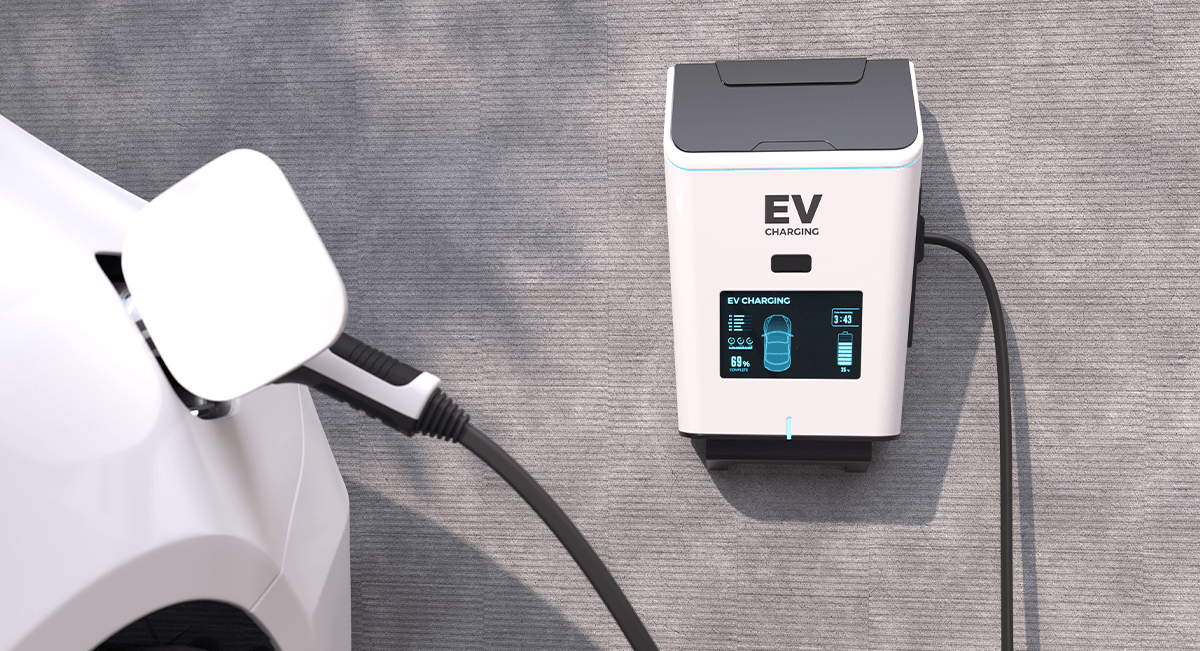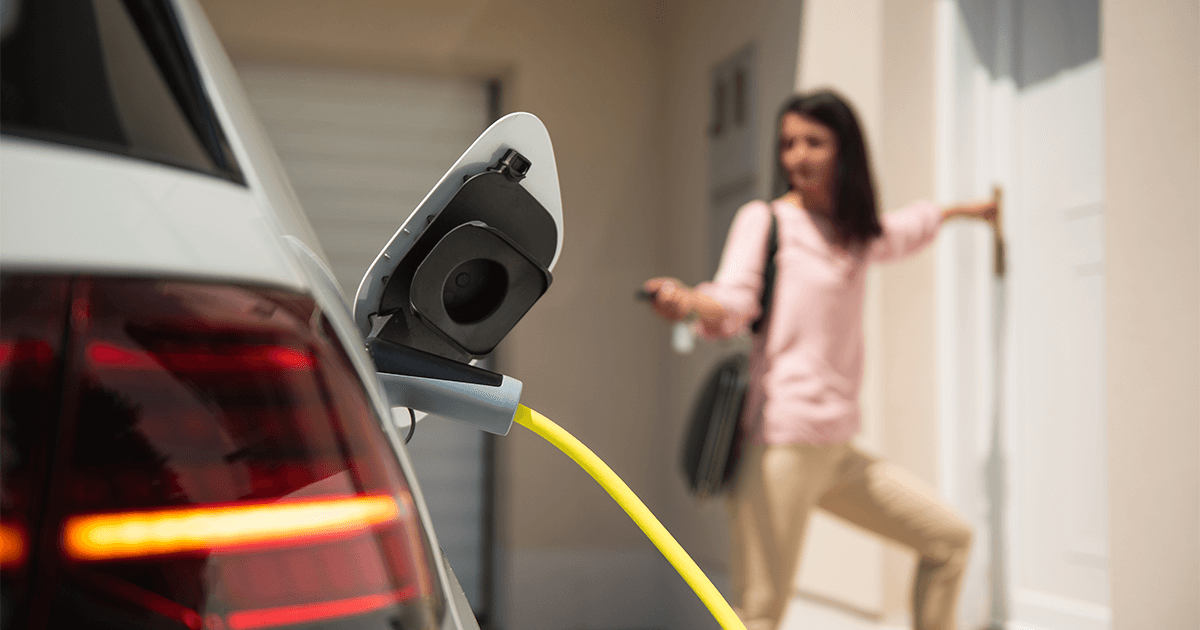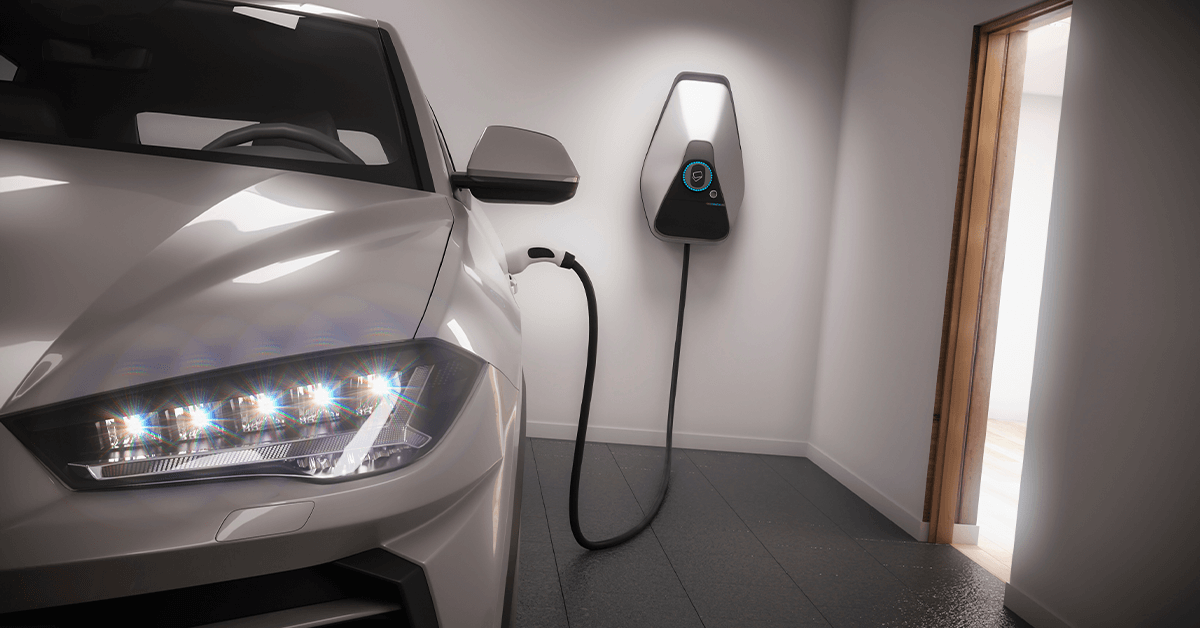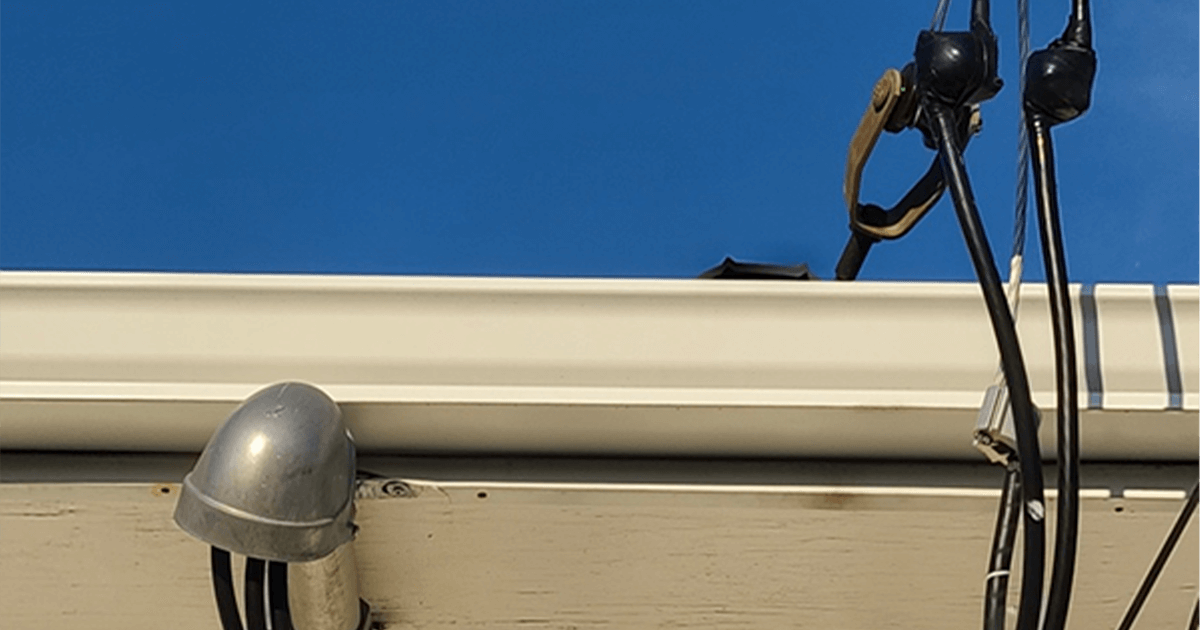Car chargers and hot tubs today are a wonderful addition to anyone’s home. The only problem is, they add a considerable amount of demand on a residential electrical service. With more homes choosing to add these types of new devices, it is putting an increased load and strain on the existing established utility wiring and transformers.
Because of this, the city of Edmonton and surrounding cities, have chosen to adopt the practice of requesting “load calculations” if both of these 2 items are added. This is required to obtain an electrical permit, something compulsory by law in Alberta to complete the work.
Understanding Load Calculations for Residential Electrical Services
The normal size of a residential electrical service in today’s typical 800 – 2400 square foot home, will be 100 amps. If we add a 30-50 amp car charger or hot tub, a load calculation will indicate if we exceed our service’s capacity. This overload is what the city utilities are trying to prevent. Before an electrical permit is granted, we are required to provide this “Load Calculation” hopefully proving that the demand is under the rating of the electrical service. A load calculation is something that is provided by a master electrician and is based on the Canadian standard formula. The calculation itself takes into consideration the square footage of the house, the number of stoves, clothes dryers, air conditioners, steam generators for showers, welders or woodworking equipment in the garage, and course hot tubs and car chargers. If a calculation on a 100 amp service exceeds the rating of the incoming service power, the city will deny you permission to add the extra equipment.
Navigating Electrical Permit Denials: Solutions for Service Upgrades
Being denied an electrical permit to install a car charger or spa, means that we need to reduce the electrical demands on the service, or increase the size of the incoming power lines to accommodate the new loads. I have been doing service upgrades for over 35 years and I have found that it is more economical to have an older home with overhead power lines coming from the alley than to have the newer technology of underground wiring. We can stop by and provide an electrical quotation for either one of these upgrades.





